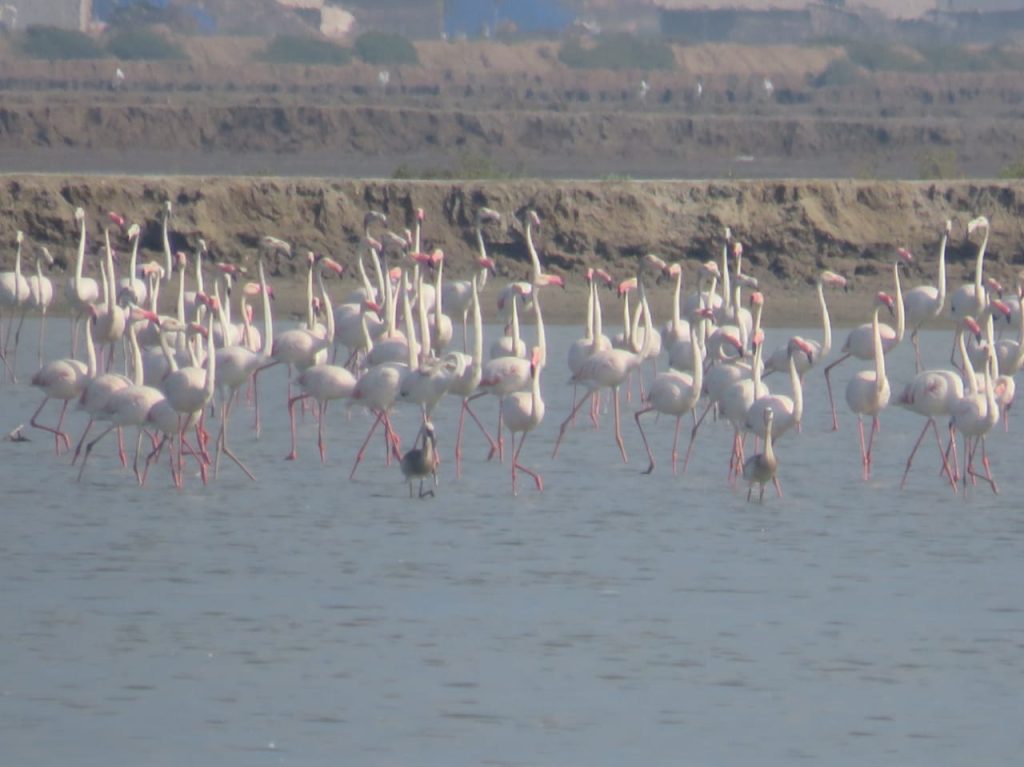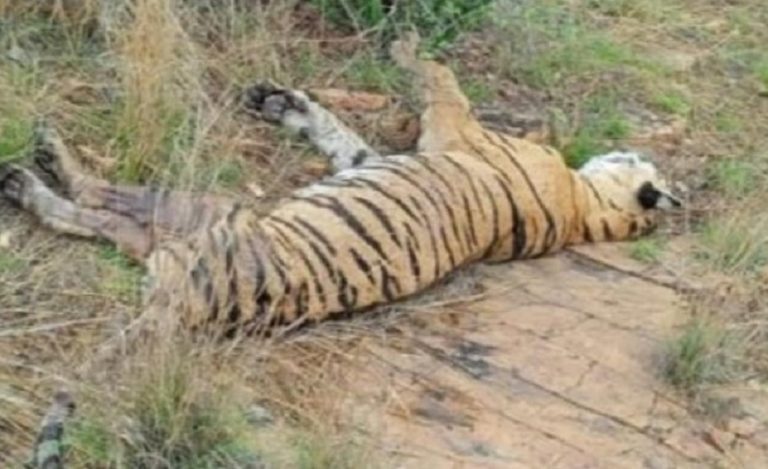As 2021 comes to an end, and the world is still fighting battle after battle with the new variants of Covid 19 that are emerging one after the other, there are some good tidings also, especially from the southern state of Tamil Nadu. News emerged from the low headland of Coromandel Coast that famingoes have come to visit the Point Calimere Wildlife Sanctuary, also known as Kodiakkarai, for the first time ever. After a day-long estimation and monitoring, it was found that the population of these migratory birds from the Arctic region is close to 10,000, which is indeed a positive sign.
During a conversation with Indian Masterminds, the Principal Chief Conservator of Forests and State Chief Wildlife Warden, Dr Shekhar Kumar Niraj, said that he personally recorded the flamingoes’ arrival and also said that their arrival has brought hope and good cheer in this season.
HOPE FOR FLAMINGOES’ BREEDING IN TAMIL NADU
The officer narrated in detail how they noticed the birds in the area for the first time and the excitement it created to investigate further into this unusual phenomenon.
“We observed the flamingos from a distance of about 600 meters and monitored the great flamingos wall formed by them in the swamp area. The most notable fact was the sighting of two chicks in one of the congregation of the flamingos, indicating that flamingos would be nesting and breeding somewhere closer, most probably in Trincomalee or Manar area of Sri Lanka in the Bay of Bengal and Indian Ocean,” he said.

He also let known that it was not clear at first glance if they are flamingos’ chicks or some other bird’s chicks. “They were chicklings and not able to fly. After closely observing their behavioural pattern, it was clear that they are flamingos and have been born here,” he said.
He also informed that although there are records of flamingos breeding in Gujarat, there has been no history of their breeding and nesting in Tamil Nadu. Now that they have arrived, he is hopeful that they will nest and breed in this area if they can provide protection and continue with habitat conservation.
PLAN TO INCREASE AREA OF POINT CALIMERE
Dr Niraj revealed that Tamil Nadu’s forest department plans to make Point Calimere Sanctuary one of the best habitats in the world for flamingos and waders. The department is planning many interventions in this regard and one of them is to increase the area of the sanctuary.
“The habitat is good, but it needs to be made completely disturbance-free. The large area outside the sanctuary is owned and managed by Chemplast and the Industry Department. We are planning to approach them to hand over the unused parts of the unsurveyed salt pans and the swamp areas, measuring about 28000 hectares,” he said.
He further informed that these areas offer one of the best flamingos and waders habitats in the world. And several steps will be taken to establish the Point Calimere Wildlife Sanctuary, including the unsurveyed swamp areas, in the global ecotourism map by adding high quality facilities and conservation tools.
ARRIVAL OF OTHER SPECIES TOO
The forest team who went to survey the flamingos also listed major migratory species in huge numbers, such as painted storks, pelicans, curlew sandpipers, ringed plover, red beaked caspian tern, white ibis, wood sandpipers, seagulls, created terns, stilts, and red shanks, among others.
The arrival of migratory birds in such huge numbers and of varied species has been phenomenal this season, giving rise to new conservation hopes.
However, Dr Niraj cautioned that the future of conservation can only be brighter if solid steps are taken in that direction with strategic planning. Since the pressure on habitats like wetlands, buffer zone and other forest areas are too high, better planning and close attention are the need of the hour.
































